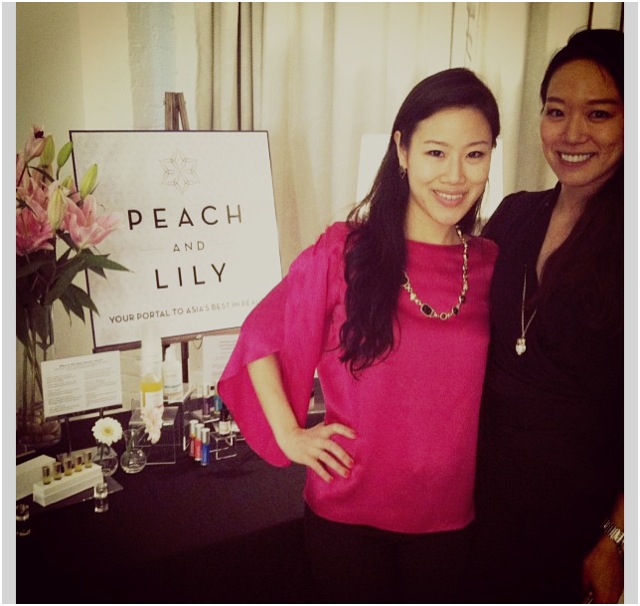Asian beauty products bring new glow to the U.S. market

During the summer of 2012, when friends Alicia Yoon and Cindy Kim were both working in Seoul, South Korea, they would both carry tons of Japanese and Korean beauty products on trips back home to the United States to give to family and friends.
“Products from Korea and Japan tend to be ‘better,’” says Kim, “probably because they are focused on using herbs, botanicals and natural ingredients, as opposed to a lot of chemicals.”
Soon, the two businesswomen realized interest wasn’t just limited to their circle but included the average American consumer. In January, they launched Peach and Lily, featuring top beauty products from Korea and Japan, joining other Asian beauty sites including SoKoGlam, which also opened early in 2013, and MomoMango.com. Both of the latter sites focus on Korean beauty products.
The demand for Asian products in the $60 billion U.S. beauty industry has been growing –- especially since 2011, when BB cream exploded on the scene. (BB stands for blemish balm.) This alternative foundation, which contains skin-benefiting nutrients, became popular in Korea five years ago, where it makes up 13 percent of the cosmetics market. After being introduced in the United States, it inspired a new beauty product category, with brands like Clinique, Estée Lauder and Chanel creating their own versions of the tinted moisturizer. The success piqued further interest in Korean products, as people in the industry wondered why BB cream hadn’t come to the United States sooner.

“A lot of Asian women view their skin as a prized possession. It’s all about respecting your skin and using the best ingredients for your skin. As a result of that heritage and culture, Asian beauty consumers are some of the most savvy in the world,” Kim says. “What happens is all the money they spend on these beauty products, which is about seven times more than the average American woman, gets dumped back into R&D in Japan and Korea. And that’s why even Marie Claire is quoted as saying that Korea is 10 years ahead in skincare innovation.”
For instance, Yoon says two products that are huge in Korea but just making their way to the United States are CC cream, the next generation of BB cream (CC stands for color correcting or color control); and the cushion compact, “which is a foundation, but the applicator is antibacterial and very rubbery and gives you a glowy look while hydrating your skin and concealing blemishes. That’s a huge product category in Korea right now that you don’t see in the U.S.”
The U.S. consumer demand for Asian skincare reflects the convergence of two other big trends: the rise of natural, organic skincare, and the appeal of boutique brands over department store lines.
That’s why the consumer base for these sites isn’t limited to people of Asian descent. SoKoGlam estimates 80 percent of its clients are not Asian; likewise, Kim says more than half of Peach and Lily's customers aren’t. She says the site's customers -- who hail from both bigger cities like New York, Los Angeles, and Chicago, as well as smaller states like Arkansas, Utah and Minnesota -- don’t see the products as being made for “Asian skin” so much as they are made for certain skin types.
The interest in natural beauty products is an extension of the rise of companies like Whole Foods, says Yoon. “Should you have parabens in your products or not? Should you have mineral oil? Those conversations, about what people don’t want in their products, took place in Korea and Japan long before the conversations here,” she says. “That’s a really big trend in skincare now, where it’s not just about putting something on your skin and trying to get overnight results. It’s about taking care of your skin in a full, holistic-wellbeing kind of way. And that’s something that Korea, Japan and Asia have been thinking about for a long time.”
This post was originally published on Smartplanet.com